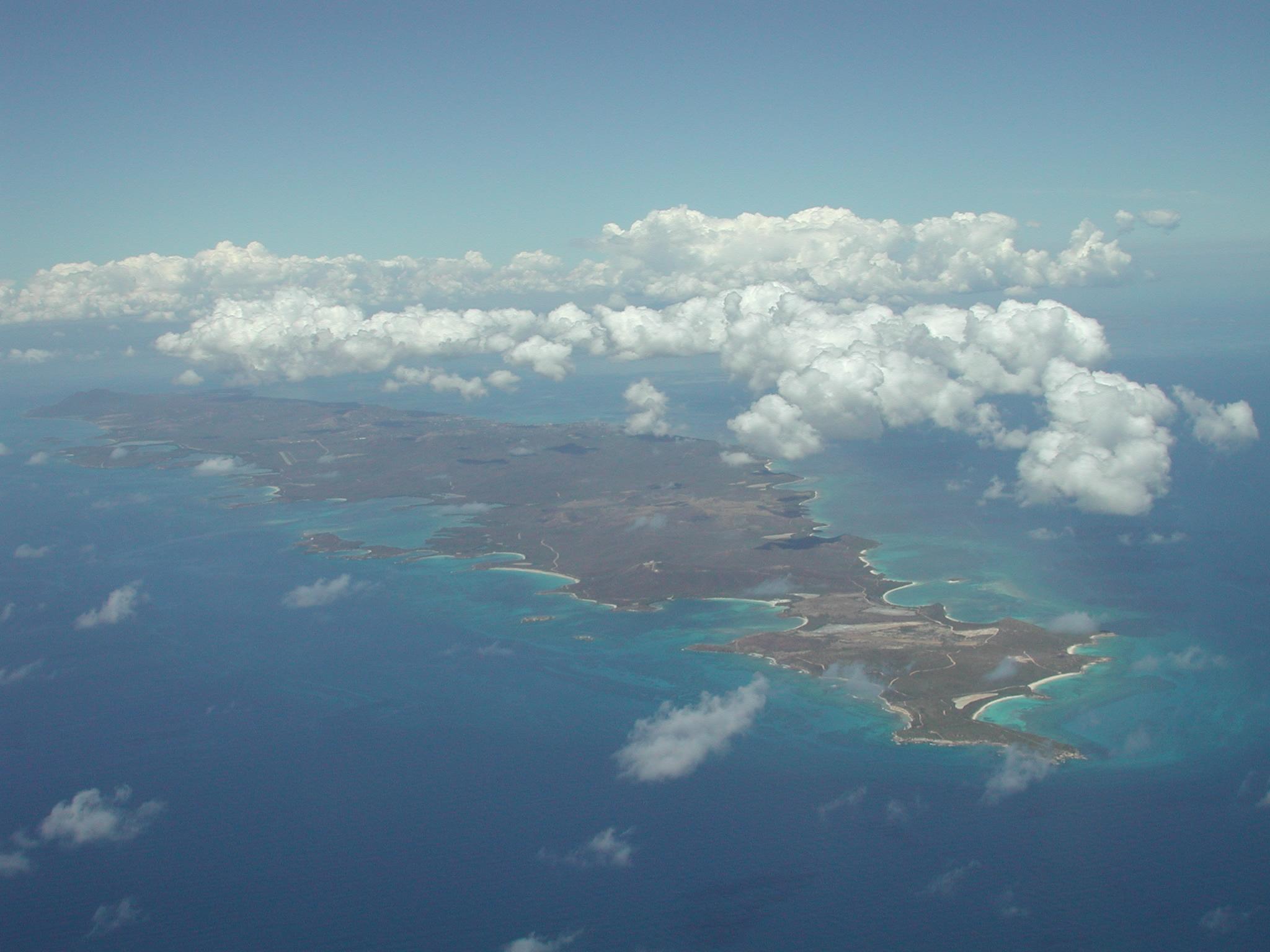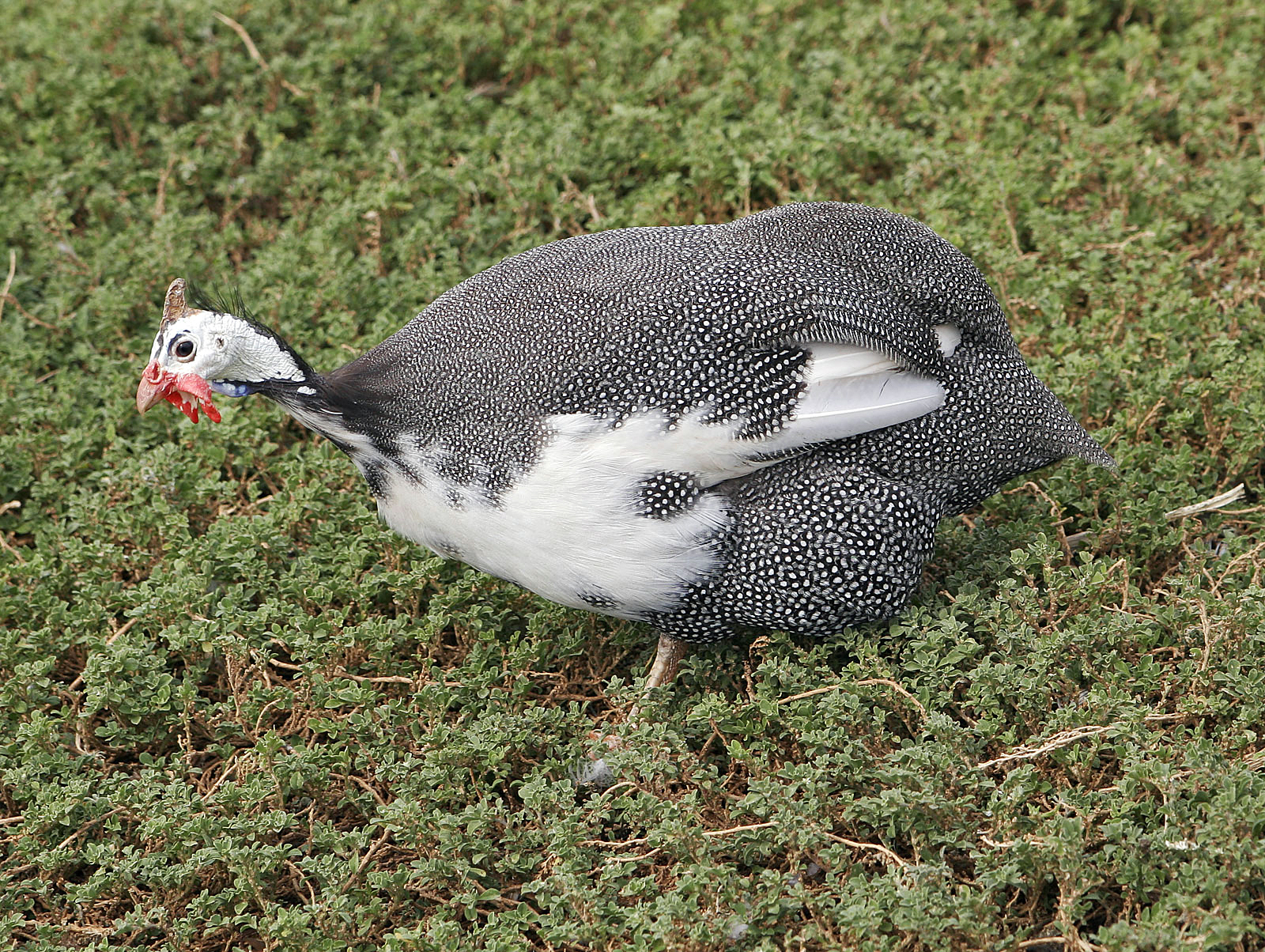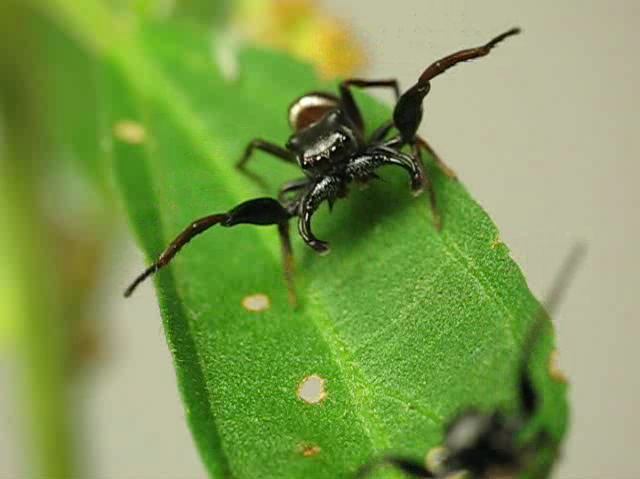|
Green Mango
The green mango (''Anthracothorax viridis'') is a large species of hummingbird in the subfamily Polytminae. It is endemic to the main island of Puerto Rico.HBW and BirdLife International (2020) ''Handbook of the Birds of the World and BirdLife International digital checklist of the birds of the world'' Version 5. Available at: http://datazone.birdlife.org/userfiles/file/Species/Taxonomy/HBW-BirdLife_Checklist_v5_Dec20.zip xls zipped 1 MBretrieved May 27, 2021 Taxonomy and systematics The green mango's relationship to the other species of genus ''Anthracothorax'' has not been settled.Clements, J. F., T. S. Schulenberg, M. J. Iliff, S. M. Billerman, T. A. Fredericks, J. A. Gerbracht, D. Lepage, B. L. Sullivan, and C. L. Wood. 2021. The eBird/Clements checklist of Birds of the World: v2021. Downloaded from https://www.birds.cornell.edu/clementschecklist/download/ Retrieved August 25, 2021 The species is monotypic. Description The green mango is long and weighs about . The s ... [...More Info...] [...Related Items...] OR: [Wikipedia] [Google] [Baidu] |
Jean-Baptiste Audebert
Jean Baptiste Audebert (1759 – December 1800) was a French artist and natural history, naturalist. Life Audebert was born at Rochefort, Charente-Maritime, Rochefort. He studied painting and drawing at Paris, and gained reputation as a miniature-painter. Employed in preparing plates for the ''Histoire des cloportes'' of Guillaume-Antoine Olivier, he acquired a taste for natural history. His first original work, ''Histoire naturelle des singes'' appeared in 1800, illustrated by sixty-two folio plates, drawn and engraved by himself. The coloring in these plates was unusually beautiful, and was applied by a method devised by himself. His work was also included in the bestselling ''Relation du Voyage à la Recherche de la Pérouse''. Audebert died in Paris, leaving complete materials for another work, ''Histoire des colibris, oiseaux-mouches, jacamars et promerops'', which was published in 1802. Two hundred copies were printed in folio, one hundred in large quarto, and fiftee ... [...More Info...] [...Related Items...] OR: [Wikipedia] [Google] [Baidu] |
Fauna Of Puerto Rico
The fauna of Puerto Rico is similar to other island archipelago faunas, with high endemism, and low, skewed taxonomic diversity. Bats are the only extant native terrestrial mammals in Puerto Rico. All other terrestrial mammals in the area were introduced by humans, and include species such as cats, goats, sheep, the small Indian mongoose, and escaped monkeys. Marine mammals include dolphins, manatees, and whales. Of the 349 bird species, about 120 breed in the archipelago, and 47.5% are accidental or rare. The most recognizable and famous animal of Puerto Rico is probably the common coquí, a small endemic frog, and one of the 86 species that constitute Puerto Rico's herpetofauna. Some native freshwater fish inhabit Puerto Rico, but some species, introduced by humans, have established populations in reservoirs and rivers. The low richness-high diversity pattern is also apparent among invertebrates, which constitutes most of the archipelago's fauna. The arrival of the first peo ... [...More Info...] [...Related Items...] OR: [Wikipedia] [Google] [Baidu] |
Birds Described In 1801
Birds are a group of warm-blooded vertebrates constituting the class Aves (), characterised by feathers, toothless beaked jaws, the laying of hard-shelled eggs, a high metabolic rate, a four-chambered heart, and a strong yet lightweight skeleton. Birds live worldwide and range in size from the bee hummingbird to the ostrich. There are about ten thousand living species, more than half of which are passerine, or "perching" birds. Birds have whose development varies according to species; the only known groups without wings are the extinct moa and elephant birds. Wings, which are modified forelimbs, gave birds the ability to fly, although further evolution has led to the loss of flight in some birds, including ratites, penguins, and diverse endemic island species. The digestive and respiratory systems of birds are also uniquely adapted for flight. Some bird species of aquatic environments, particularly seabirds and some waterbirds, have further evolved for swimming. Bird ... [...More Info...] [...Related Items...] OR: [Wikipedia] [Google] [Baidu] |
Endemic Birds Of Puerto Rico
Endemism is the state of a species being found in a single defined geographic location, such as an island, state, nation, country or other defined zone; organisms that are indigenous to a place are not endemic to it if they are also found elsewhere. For example, the Cape sugarbird is found exclusively in southwestern South Africa and is therefore said to be ''endemic'' to that particular part of the world. An endemic species can be also be referred to as an ''endemism'' or in scientific literature as an ''endemite''. For example '' Cytisus aeolicus'' is an endemite of the Italian flora. '' Adzharia renschi'' was once believed to be an endemite of the Caucasus, but it was later discovered to be a non-indigenous species from South America belonging to a different genus. The extreme opposite of an endemic species is one with a cosmopolitan distribution, having a global or widespread range. A rare alternative term for a species that is endemic is "precinctive", which applies to s ... [...More Info...] [...Related Items...] OR: [Wikipedia] [Google] [Baidu] |
Anthracothorax
The mangos, ''Anthracothorax'', are a genus of hummingbirds in the subfamily Trochilinae native to the Neotropics. The genus ''Anthracothorax'' was introduced by the German zoologist Friedrich Boie in 1831. The type species was subsequently designated as the green-throated mango (''Anthracothorax viridigula''). The generic name combines the Ancient Greek ''anthrax'' meaning "coal" (i.e. black) with ''thōrax'' meaning "chest". A molecular phylogenetic study published in 2014 found that ''Anthracothorax'' was paraphyletic with respect to ''Eulampis The caribs are a genus, ''Eulampis'', of hummingbirds in the family Trochilidae. The genus contains two species, both of which are endemic to the islands of the Caribbean. The genus name comes from the Ancient Greek word ''eulampēs'' meaning 'b ...''. Species The genus contains eight species: References Bird genera Taxonomy articles created by Polbot {{hummingbird-stub ... [...More Info...] [...Related Items...] OR: [Wikipedia] [Google] [Baidu] |
El Toro Wilderness
El Toro Wilderness ( es, Selva El Toro) is a federally designated National Wilderness Preservation System unit located within El Yunque National Forest (formerly known as the Caribbean National Forest) on the Sierra de Luquillo in eastern Puerto Rico. El Toro, named after the highest peak in the forest at , is the only tropical wilderness in the United States National Forest System.El Toro Wilderness fact sheet - U.S. Forest Service It was created in 2005 by the Caribbean National Forest Act of 2005. In descending order of land area, the wilderness is located in parts of the of |
List Of Birds Of Vieques
This is a list of birds recorded in the island of Vieques. Vieques is an island municipality of Puerto Rico located off the east coast of the main island of Puerto Rico, south of Culebra island and west of the Virgin Islands. It has a total area of 348.15 km2, of which only 135 km2 is land area. On May 1, 2001, the western end of Vieques National Wildlife Refuge was established and on May 1, 2003, the same day as the exit of the U.S. Navy from the island, the eastern end of the refuge was established. There are a total of 196 species recorded from the island of Vieques as of July 2022, according to ''Bird Checklists of the World''. Some species, such as the Puerto Rican parrot, have been extirpated from the island but are, nonetheless, included in this list. This list presents the following information for each species: common and scientific name of each species. This list is presented in the taxonomic sequence of the ''Check-list of North and Middle American Birds'', ... [...More Info...] [...Related Items...] OR: [Wikipedia] [Google] [Baidu] |
List Of Endemic Fauna Of Puerto Rico
This is a list of the endemic fauna of Puerto Rico. This list is sorted in alphabetical order by the scientific name of the species, which are in parentheses. Birds *Yellow-shouldered blackbird (''Agelaius xanthomus'') *Puerto Rican parrot (''Amazona vittata'') *Green mango (''Anthracothorax viridis'') *Puerto Rican nightjar (''Caprimulgus noctitherus'') *Puerto Rican emerald (''Chlorostilbon maugeaus'') * Puerto Rican lizard‑cuckoo (''Coccyzus vieilloti'') *Puerto Rican pewee (''Contopus portoricenis'') *Adelaide's warbler (''Dendroica adelaidae'') * Elfin-woods warbler (''Dendroica angelae'') *Puerto Rican oriole (''Icterus portoricensis'') *Puerto Rican bullfinch (''Loxigilla portoricensis'') *Puerto Rican owl (''Gymnasio nudipes'') *Puerto Rican woodpecker (''Melanerpes portoricensis'') *Puerto Rican flycatcher (''Myiarchus antillarum'') *Puerto Rican tanager (''Nesospingus speculiferus'') *Puerto Rican spindalis (''Spindalis portoricensis'') *Puerto Rican tody (''Todus m ... [...More Info...] [...Related Items...] OR: [Wikipedia] [Google] [Baidu] |
List Of Birds Of Puerto Rico
This is a list of the bird species recorded in the archipelago of Puerto Rico, which consists of the main island of Puerto Rico, two island municipalities off the east coast (Vieques and Culebra), three uninhabited islands off the west coast ( Mona, Monito and Desecheo) and more than 125 smaller cays and islands. The avifauna of Puerto Rico included a total of 385 species as of July 2022, according to ''Bird Checklists of the World''. Of them, 201 are accidental, two have been extirpated, and one is believed to be extinct. Seventeen species are endemic. Non-native species are common; 43 listed here were introduced by humans. Individuals of many other species (mostly parrots, finches, and waxbills) are flying free, presumably after escaping or being released from captivity. For example, a 2018 study on introduced Psittacidae on the island found at least 46 species present, of which 24% are only found in the pet trade (captivity), 48% have been observed in the wild (but are no ... [...More Info...] [...Related Items...] OR: [Wikipedia] [Google] [Baidu] |
IUCN
The International Union for Conservation of Nature (IUCN; officially International Union for Conservation of Nature and Natural Resources) is an international organization working in the field of nature conservation and sustainable use of natural resources. It is involved in data gathering and analysis, research, field projects, advocacy, and education. IUCN's mission is to "influence, encourage and assist societies throughout the world to conserve nature and to ensure that any use of natural resources is equitable and ecologically sustainable". Over the past decades, IUCN has widened its focus beyond conservation ecology and now incorporates issues related to sustainable development in its projects. IUCN does not itself aim to mobilize the public in support of nature conservation. It tries to influence the actions of governments, business and other stakeholders by providing information and advice and through building partnerships. The organization is best known to the wider ... [...More Info...] [...Related Items...] OR: [Wikipedia] [Google] [Baidu] |
Louis Jean Pierre Vieillot
Louis Pierre Vieillot (10 May 1748, Yvetot – 24 August 1830, Sotteville-lès-Rouen) was a French ornithologist. Vieillot is the author of the first scientific descriptions and Linnaean names of a number of birds, including species he collected himself in the West Indies and North America and South American species discovered but not formally named by Félix de Azara and his translator Sonnini de Manoncourt. He was among the first ornithologists to study changes in plumage and one of the first to study live birds. At least 77 of the genera erected by Vieillot are still in use. Biography Vieillot was born in Yvetot. He represented his family's business interests in Saint-Domingue (Haiti) on Hispaniola, but fled to the United States during the Haitian rebellions that followed the French Revolution. On Buffon's advice, he collected material for the ''Histoire naturelle des oiseaux de l'Amérique Septentrionale,'' the first two volumes of which were published in France beginning i ... [...More Info...] [...Related Items...] OR: [Wikipedia] [Google] [Baidu] |
Agonistic Behaviour
Agonistic behaviour is any social behaviour related to fighting. The term has broader meaning than aggressive behaviour because it includes threats, displays, retreats, placation, and conciliation. The term "agonistic behaviour" was first implemented by J.P Scott and Emil Fredericson in 1951 in their paper "The Causes of Fighting in Mice and Rats" in ''Physiological Zoology.'' wiktionary:agonistic, Agonistic behaviour is seen in many animal species because resources including food, shelter, and mates are often limited. Some forms of agonistic behaviour are between contestants who are competing for access to the same resources, such as food or mates. Other times, it involves tests of strength or threat display that make animals look large and more physically fit, a display that may allow it to gain the resource before an actual battle takes place. Although agonistic behaviour varies among species, agonistic interaction consists of three kinds of behaviours: #Threats, threat, #Agonis ... [...More Info...] [...Related Items...] OR: [Wikipedia] [Google] [Baidu] |
.jpg)
.jpg)
.jpg)





